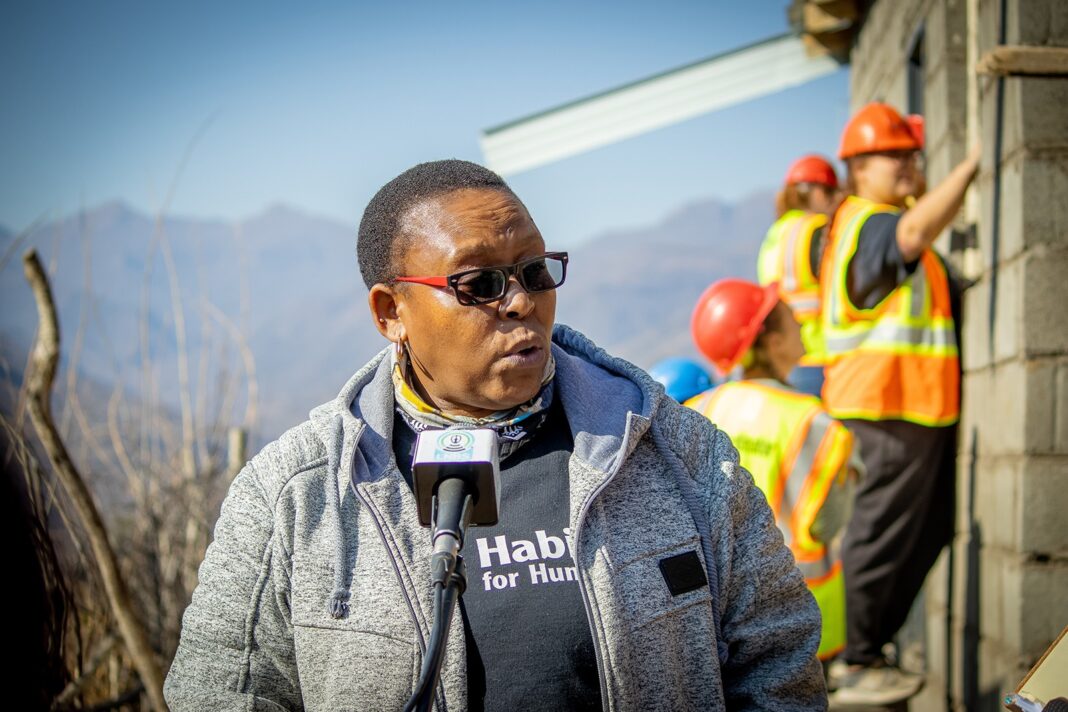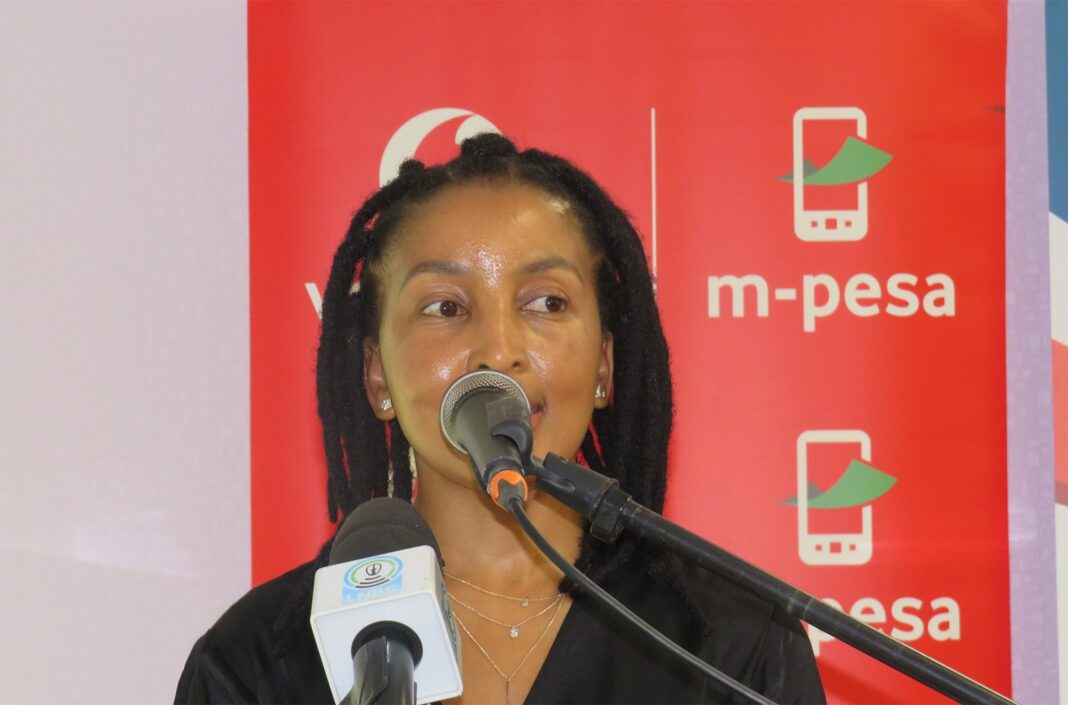By Seleoe Nonyane
A family of three residing at Liphakoeng in Ha Ramabanta, Maseru is being built a new house at their plot by the Habitat for Humanity in Lesotho, courtesy of Professor Rosenberg Scott and his team of students from the University of Wittenberg in the United States of America.
They have built a ventilated pit latrine and are in the process of constructing a two-roomed house for the family.
The family consists of two siblings Lebohang Mphake aged 46, ‘Maletsema Mphake aged 41 and her seven year-old Seabata Mphake. The two siblings are mentally disoriented.
The family currently lives in a shelter made of tree branches with corrugated iron roofing which is inhabitable and poses a serious threat to their health and wellbeing. They could easily be exposed to fire hazards like fire if they make fire in their shack to keep warm during this winter season.
With their current situation, the family is in need of a safe and decent place to call home. Therefore, the Liphakoeng villagers selected the Mphake family as the most befitting of Habitat for Humanity Lesotho’s Vulnerable Group Housing intervention.
Lebohang Mphake told theReporter that for survival, the family relies on Seabata’s disability grant of M350 and hand-outs from neighbours.
However, he noted that on some days they sleep on an empty stomach.
GALLERY
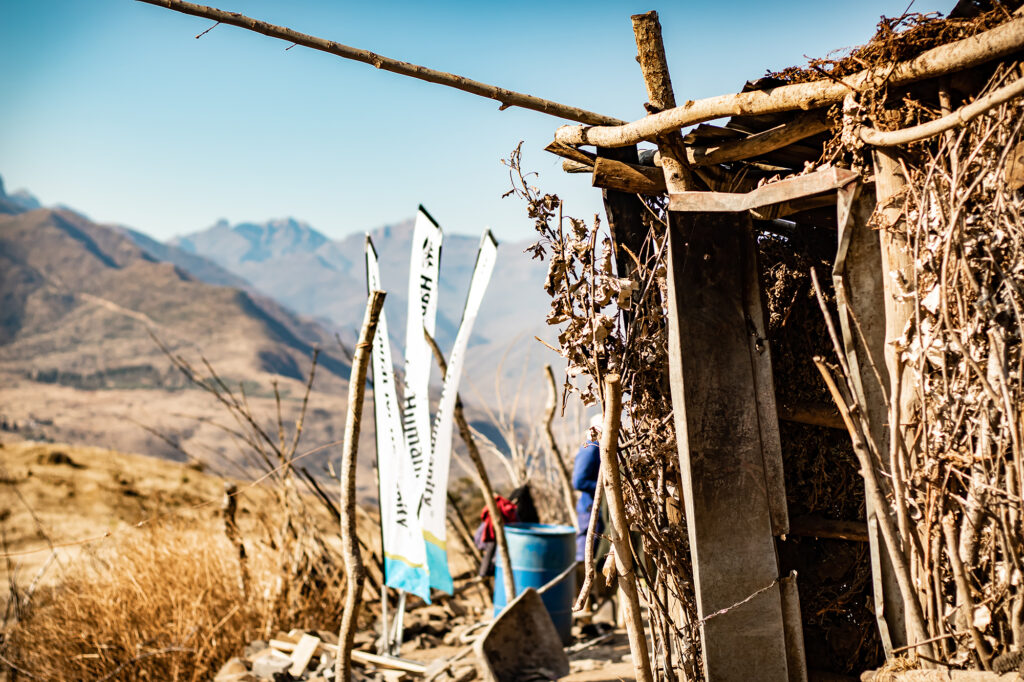
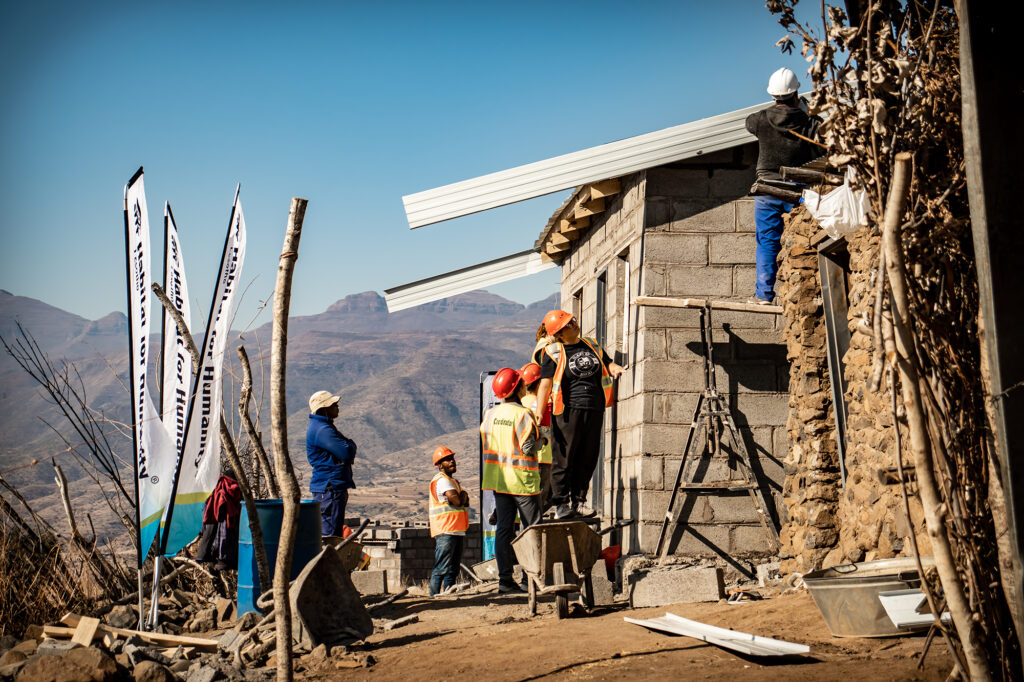

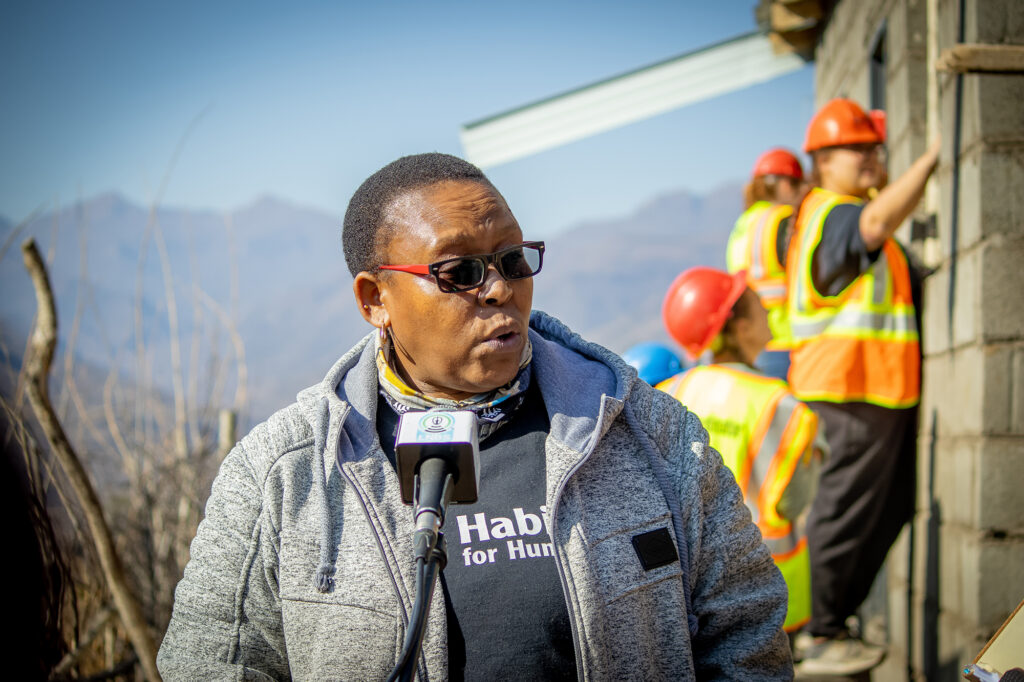
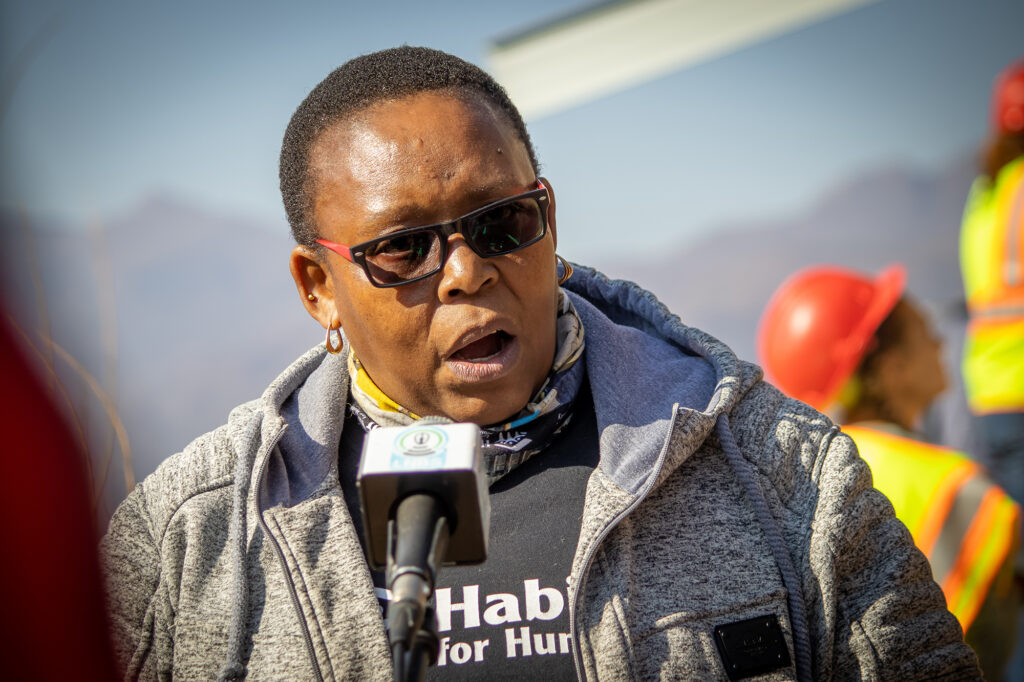
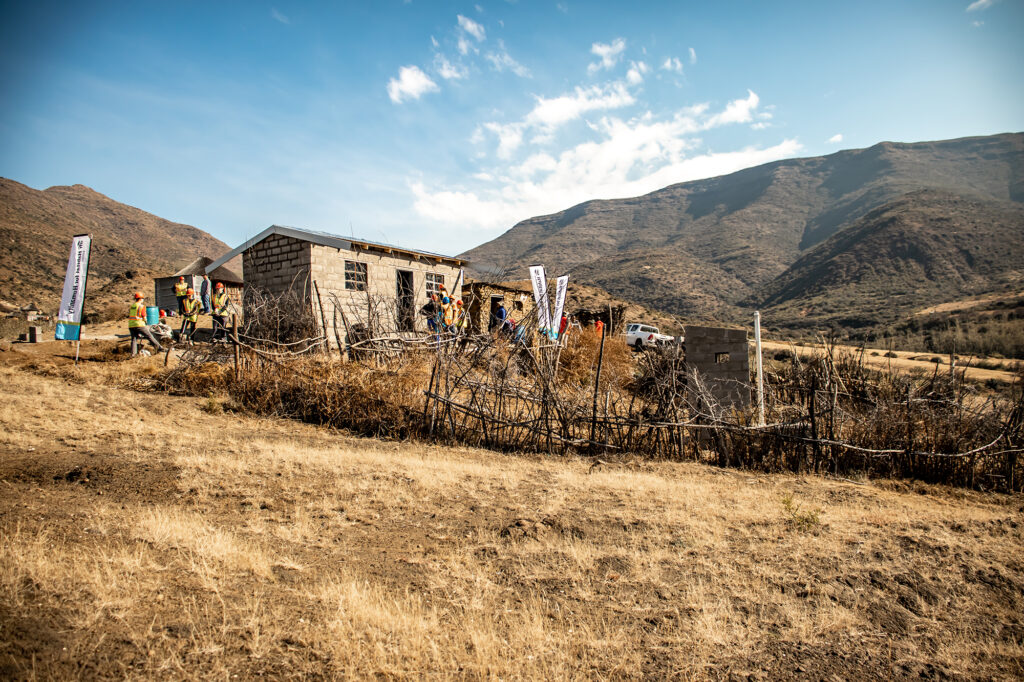
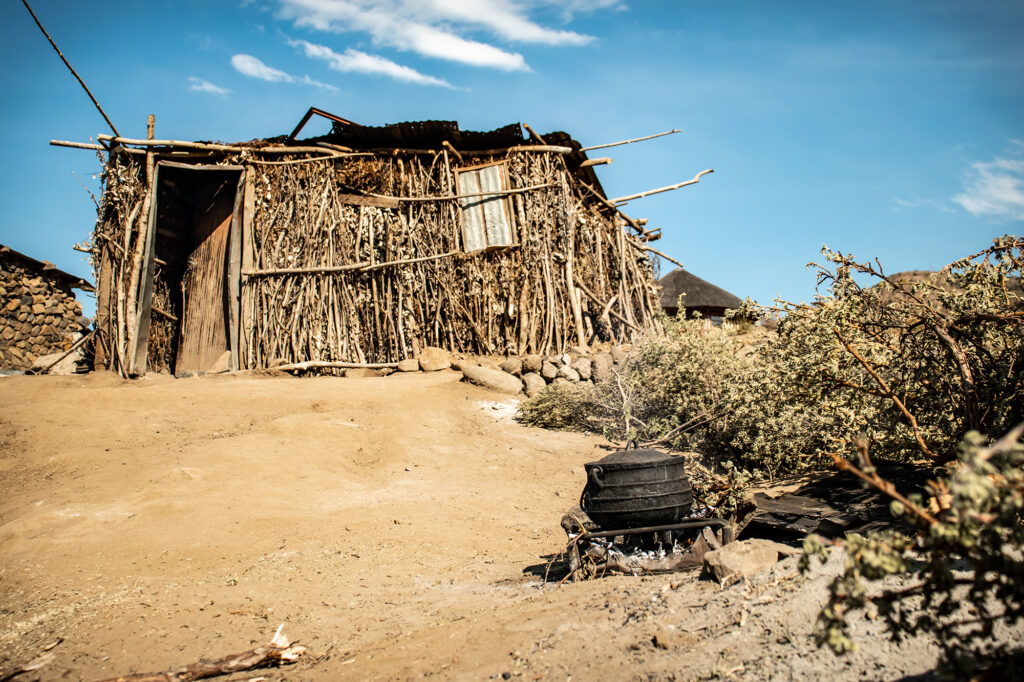
Apart from these, Mphake mentioned that he also makes a living by selling goats.
The publication learned that the family is originally from a small hamlet named, Ha Sebinane where they were the only residents left in that village as dwellers migrated to other areas which have access to services such as roads, clinics and water.
Following the collapse of their home in Ha Sebinane, the area Chief Masupha accommodated the siblings to his village Liphakoeng as they were isolated in a remote village hit by a myriad of health challenges.
He therefore opted to rebuild them a home other than letting them migrate to other far areas.
The chief for Liphakoeng said that the Mphake family relative who took them in after leaving Ha Sebinane approved that the chief and her late husband to offer the siblings a site at their village.
“After giving them the site that is when they built the tree branch shelter they live in now and their living condition was very heartbreaking and alarming especially during the heavy rain.
“As villagers we have been lending them a hand where we supplied them with clothing and food,” she said.
She is adamant that their new home will be of great impact to their livelihood.
The advocacy and fundraising manager for Habitat for Humanity Lesotho Bohlokoa Mokhotho said for transparency purposes, the organisation asked the villagers to select the beneficiaries after it organized some public gatherings in the area.
And through their observation and visitation to the family they saw that the family was the most deserving to be built a new home.
A professor at the University of Wittenberg USA said that he was a Peace Corps volunteer in Lesotho from 1989 to 1991 and he fell in love with Lesotho since that time. He added that he has been bringing these groups since 2003 and started working with Habitat for Humanity Lesotho the same year by building houses.
He added that they have been working on this annually but was put to a halt due to Covid-19 pandemic. He recalled that they have built at least 15 houses with Habitat for Humanity Lesotho and their first project was at Khubelu in Maseru.
“This initiative allows us to do something that will last and housing and shelter is very important and having a good home is one of those basic human rights to have warmth and shelter,” he observed.
He was hopeful that the house will be complete by the end of this week and that the family will be able to move in soon.

